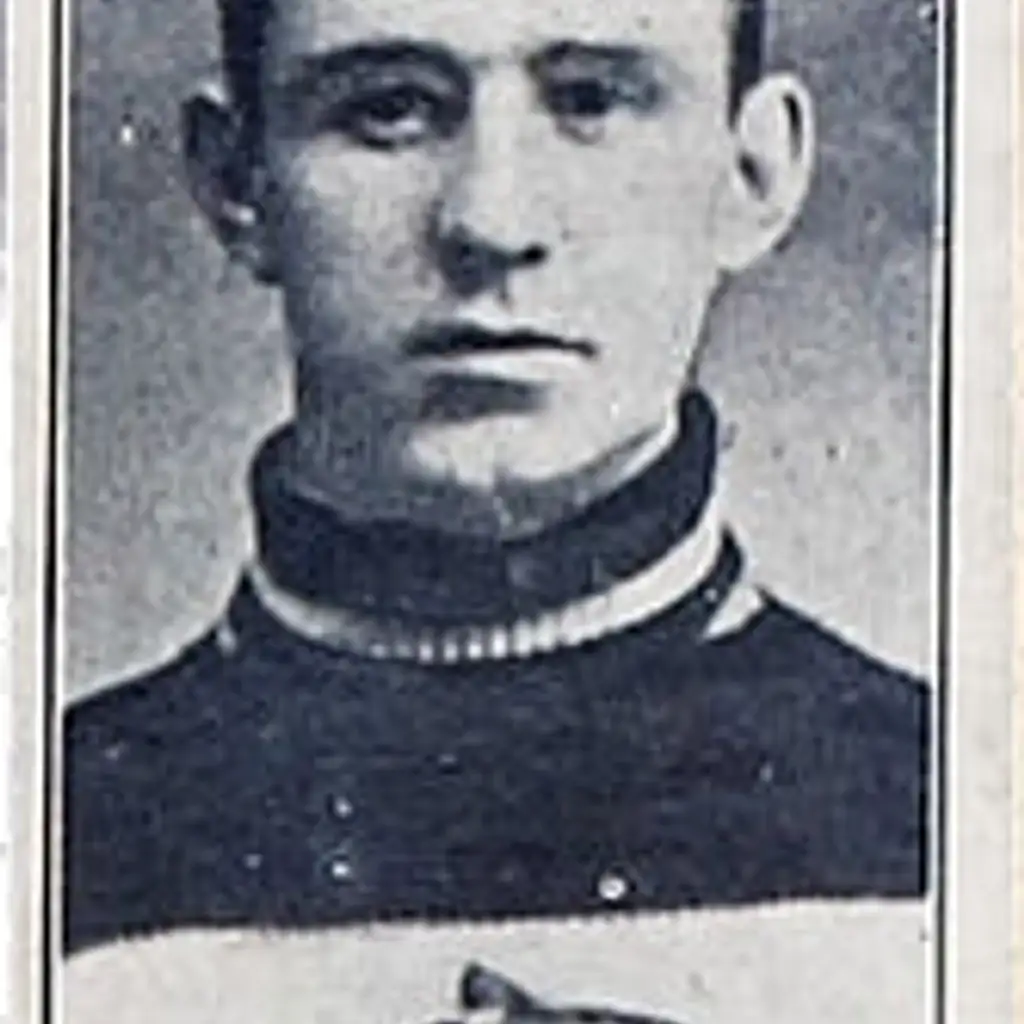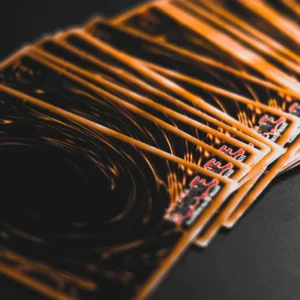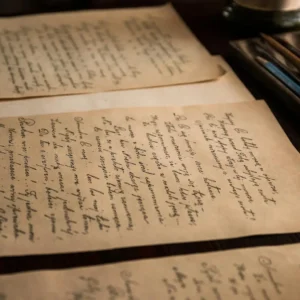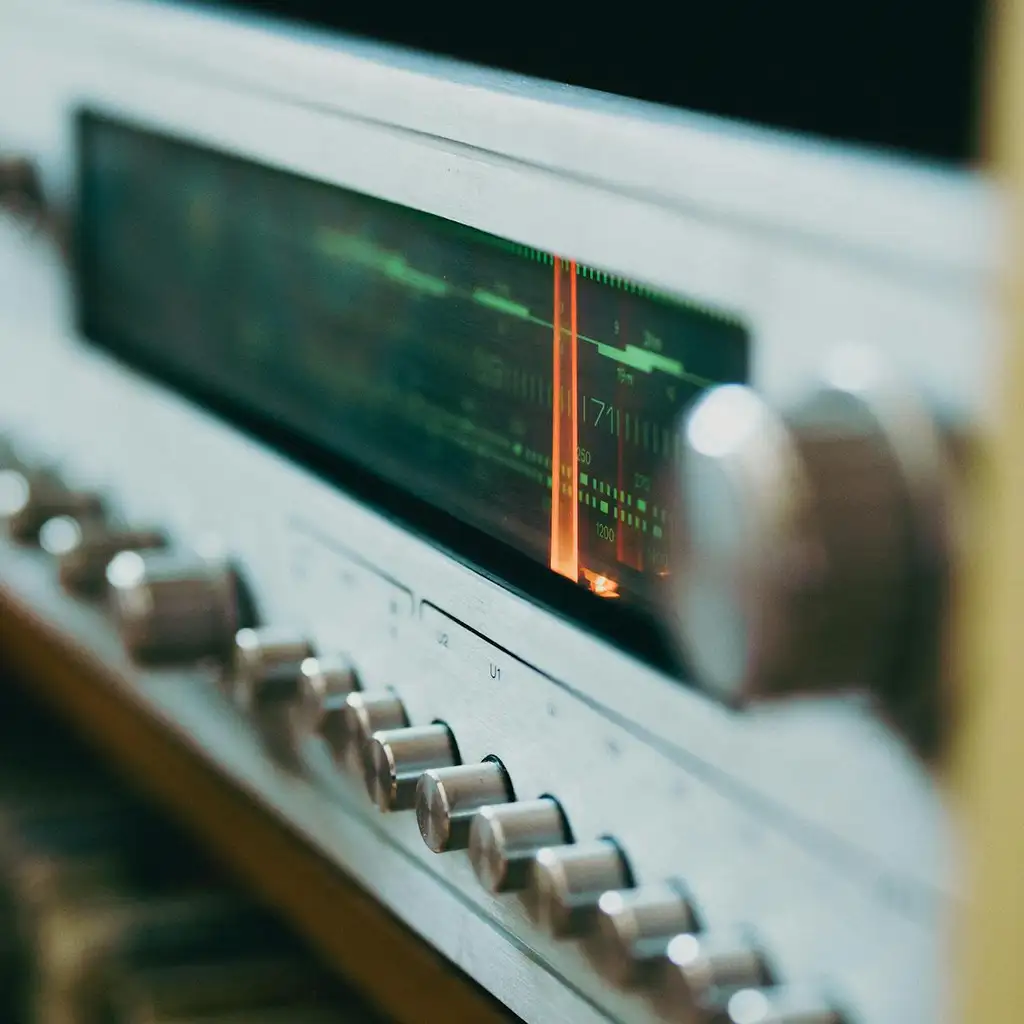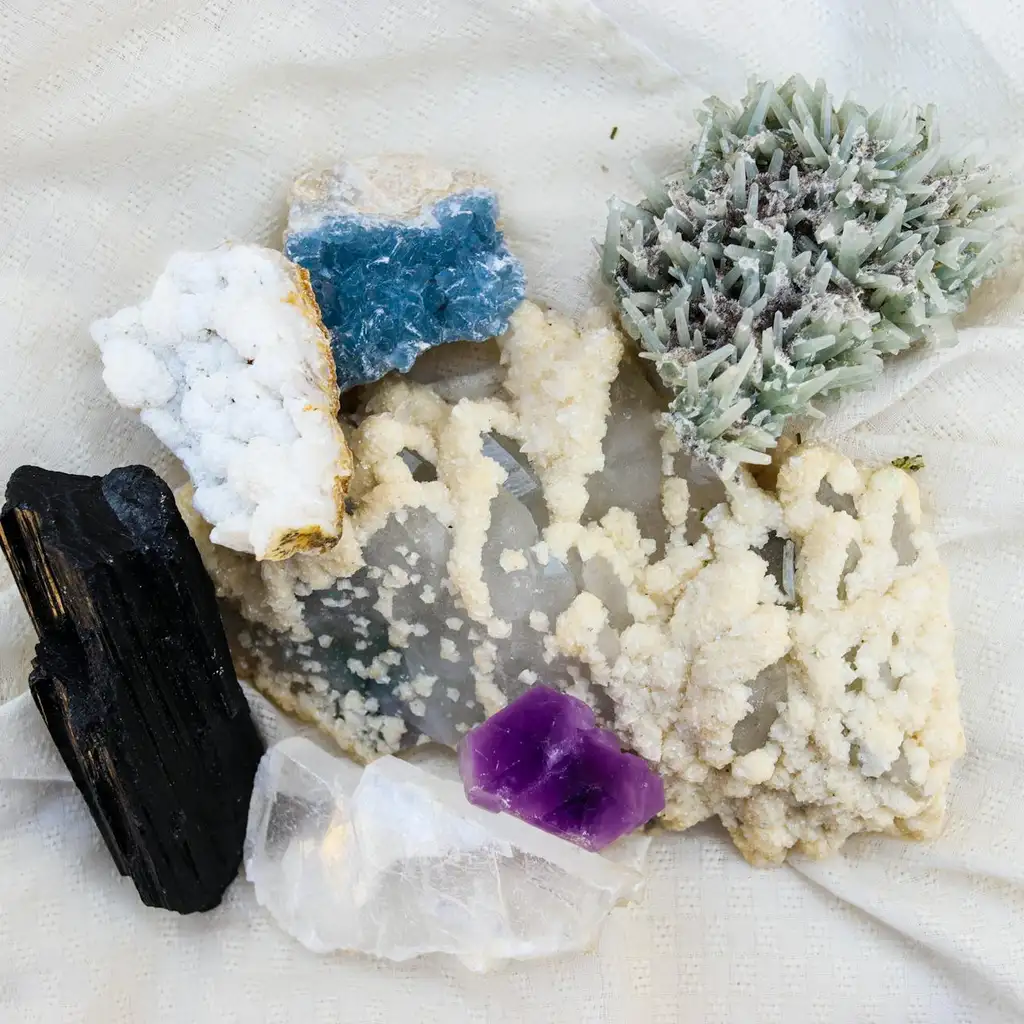Jeremy’s Beginnings in Hockey Card Collecting
Jeremy’s passion for hockey cards began in 1979, when he stumbled upon a stack of cards at his cousin’s home in Winnipeg. Among them was a Bobby Hull card from the 1979-80 O-Pee-Chee (OPC) set, which captivated him and sparked a lifelong interest. Over the years, he’s learned that while many cards from the mid-80s to early 90s hold little value due to overproduction, certain rookie cards, like those of Mario Lemieux or Patrick Roy, can still fetch high prices—especially if kept in pristine condition.
The Boom and Bust of the Early 90s
In the early 90s, the hobby experienced a surge in popularity, leading to a massive increase in card production. Many collectors believed they were making sound investments, only to discover years later that the glut of cards had driven down values, particularly for common cards. This realization caused a decline in interest, and hobby shops closed across North America. However, in 1998, Upper Deck revitalized the market by introducing limited edition, serial-numbered rookie cards featuring autographs and memorabilia patches. These exclusive cards brought excitement back to the hobby, drawing in a new generation of collectors.
Today, Upper Deck releases more than 20 sets annually, catering to a wide range of budgets and interests. Jeremy appreciates this diversity, noting that it keeps the hobby accessible to everyone, from casual enthusiasts to seasoned collectors.
Modern Collecting Practices and the Rise of Online Platforms
With the advent of the internet, collectors now have access to real-time pricing and market trends, shifting away from traditional price guides like Beckett, which dominated in the pre-digital era. Platforms like eBay allow collectors to track actual sales and market values. Forums and online communities have also emerged, offering places for collectors to discuss cards, share tips, and trade insights.
Card shows remain popular, though they’re less crowded than during the hobby’s peak. Jeremy appreciates the nostalgia that comes with unopened packs, which often hold more sentimental value than financial. For him, these packs are pieces of art, reminding him of his early days in the hobby.
One of Jeremy’s guiding principles in trading is mutual satisfaction over strict valuation. He believes the best trades are those where both parties receive cards they value, regardless of market prices. Among his most treasured items are a Bobby Hull rookie card and a rare 1911 Georges Vezina rookie card—both cherished for their rarity and personal meaning.
The Internet’s Impact on Hockey Card Collecting
The internet, especially eBay, has dramatically changed how collectors find and acquire cards. In the past, it could take years to locate a specific card, especially rare ones. Now, collectors have a global marketplace at their fingertips, enabling them to quickly track down cards from around the world. While the ease of online transactions has led to the closure of some brick-and-mortar shops, it has also strengthened the industry, ensuring that only the most resilient shops remain.
What’s Next
In our next article, we’ll explore Jeremy’s efforts to preserve the integrity of the hobby. He’ll share his insights into the challenges collectors face today, including the fight against counterfeits and the steps being taken to ensure authenticity and maintain the hobby’s value. Stay tuned for more on how collectors like Jeremy are keeping the spirit of hockey card collecting alive for future generations.
